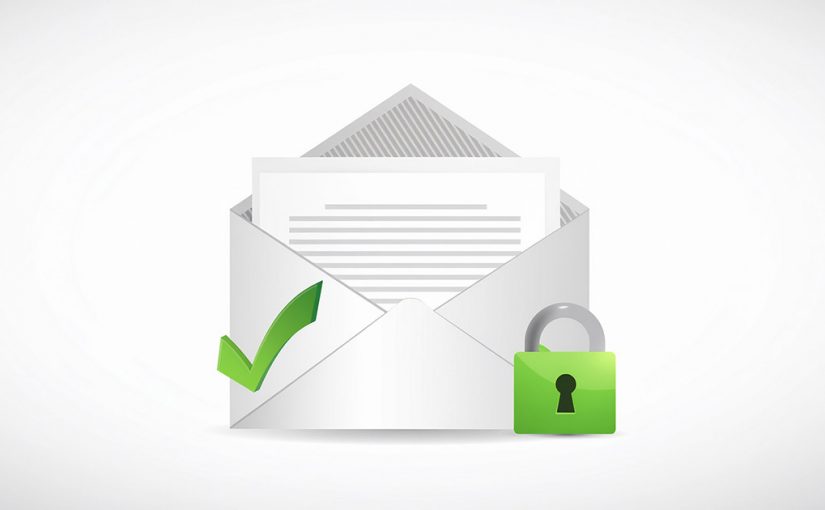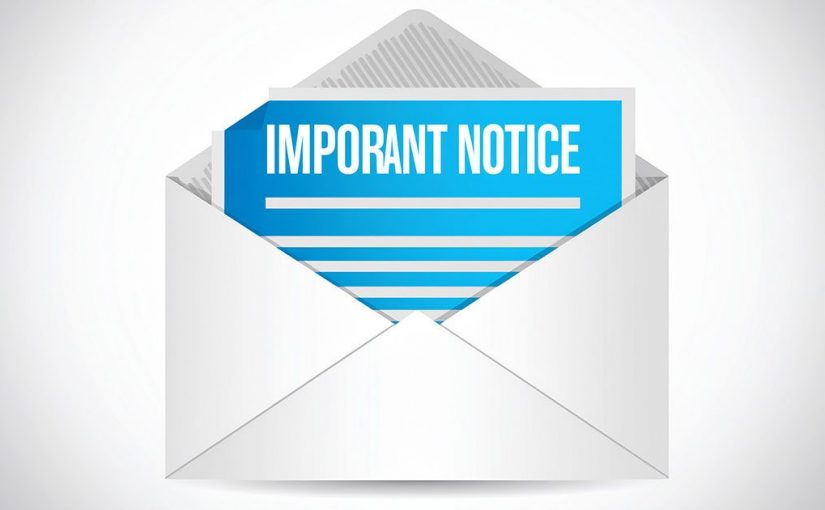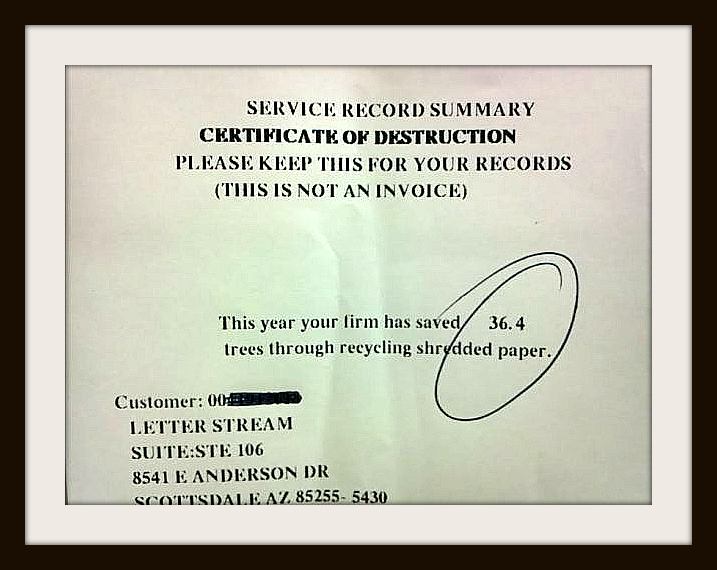Let’s talk about something that doesn’t get brought up enough in boardrooms, team meetings, or lunch-and-learns:
Mail can be a security risk.
Yep. Physical mail.
Everyone’s busy worrying about phishing emails and cybersecurity, which—don’t get us wrong—is important. But then they turn around and send out thousands of sensitive documents through mail processes that are… let’s just say, less than airtight.
If your current mail workflow involves unsecured spreadsheets, shared folders, or hoping Cheryl remembers to black out the SSN on page two—you’re not just trusting your process. You’re gambling with your customers’ data.
So let’s get into it. Because protecting customer data in business mail operations isn’t just a compliance box—it’s a reputation-saver.
First, Know What Counts as Sensitive
Before we even get to how to protect it, let’s be clear on what “customer data” actually means in this context.
We’re talking:
- Account numbers
- Billing statements
- Social Security numbers
- Medical info
- Legal documents
- Anything with a name + an identifier
Basically, if it’s the kind of thing someone would not want dropped in the wrong mailbox—or left face-up on an office printer—it needs protection.
The Danger Zone: Manual Mail Handling
Here’s where things fall apart:
Someone prints a stack of statements. They sit on a desk. Someone else walks by, picks them up, and realizes they’re out of order. Now they’re trying to re-sort hundreds of pages manually. It’s a mess—and if one page slips into the wrong envelope, boom, breach.
And even if nothing goes wrong, the margin for error is way too high.
The fix? Take the humans out of it. (Lovingly, of course.)
Automated mail systems are built to handle sensitive data with way more precision than even your most detail-oriented employee (and yes, we love them too). When done right, files are encrypted, processed securely, and sent without ever being touched by sticky fingers or office air currents.
What to Look for in a Secure Mail Platform
If you’re trusting a vendor (or considering switching from your in-house chaos), here’s what you should demand:
- Data encryption in transit and at rest
- Secure upload portals (no, emailing attachments doesn’t count)
- Strict user permissions and access controls
- Automated printing with no manual handling of documents
- Audit trails and delivery tracking
- Certifications (SOC 2 Type II, HIPAA, etc.—depending on your industry)
Basically: if they can’t tell you exactly how they’re protecting your customer data, that’s your answer. Keep moving.
It’s Not Just About Security. It’s About Trust.
Your customers assume their personal info is being handled responsibly. That’s the silent contract. And the second they get someone else’s document—or see their name misspelled on something confidential—that trust erodes.
And trust is a lot harder to rebuild than it is to protect.
How LetterStream Keeps Your Customer Mail Secure
This is exactly why so many businesses trust LetterStream to handle their most sensitive communications. From billing statements and medical letters to legal notices and compliance documents—we take privacy seriously.
Here’s how we do it:
- Files are encrypted from the moment you upload them
- No manual handling of printed materials—jobs are fully automated
- Jobs are processed in a secure facility with restricted access
- Every piece of mail is tracked, and all records are available in your account. Certified Mail gets more in-depth tracking, but every piece is tracked while going through the production process.
- We’re constantly reviewing and improving our systems to stay one step ahead
In short: the mail goes out securely, on time, and without anyone needing to manually fold, sort, or double-check a stack of paper on their desk. That’s the kind of peace of mind your customers expect—and frankly, what you should expect too.
Wrap-Up
Protecting customer data through your mail operations isn’t optional—it’s table stakes now. Whether you’re sending 10 letters or 10,000, the risk is real, and the solution is straightforward: use a system that handles sensitive mail the way it should be handled.
Locked down. Tracked. Delivered without drama.
If your current setup is more “fingers crossed” than foolproof, it might be time to rethink it.
Start here:
Online Printing & Mail Services – Send Your Letters The Easy Way
LetterStream offers bulk printing and mailing services allowing companies to send physical mail online. Whether it’s online Certified Mail, First-Class Mail, FedEx 2Day, or postcards, we give both small businesses and large corporations that time and freedom back to work on tasks that better serve the company. If you’re interested in creating a free account, you can do so, here.




